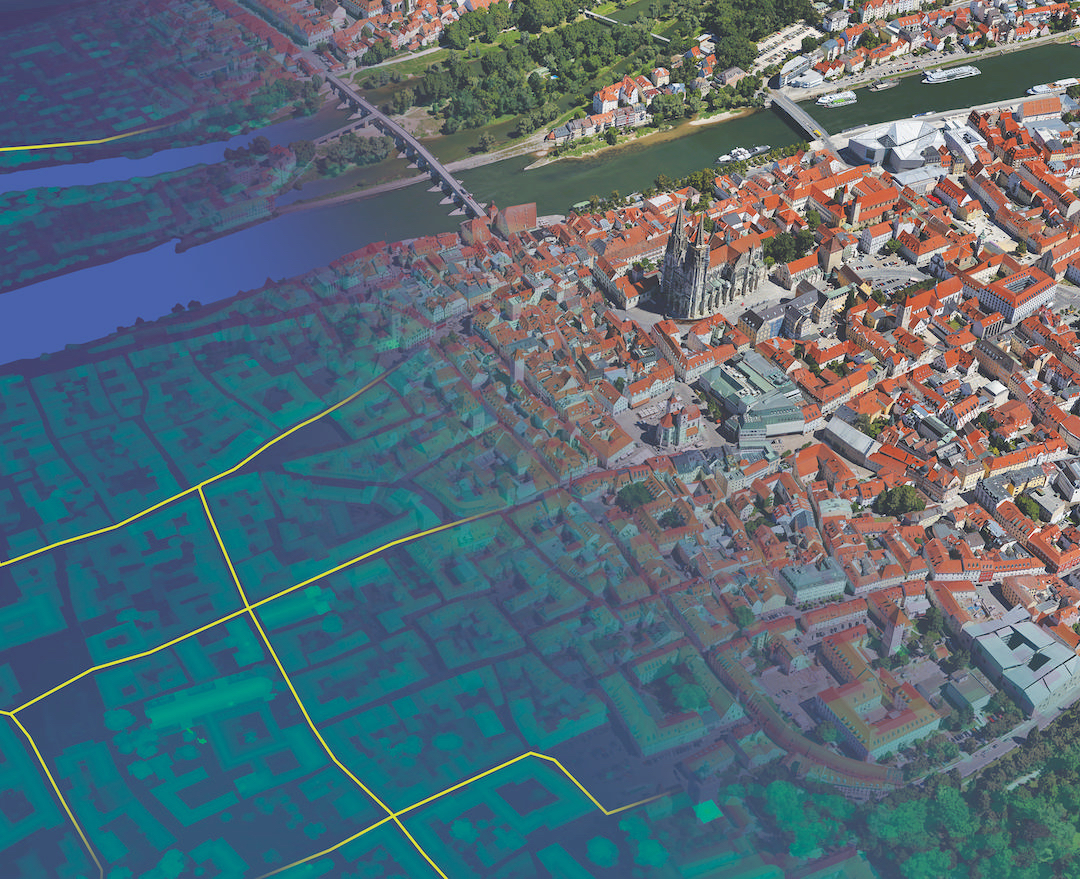For most of the National Grid’s 80-year history, the flow of information that the utility infrastructure operator needed to manage was as simple as the flow of energy.
“Traditionally, there has been a unidirectional flow of energy from a central point. As a customer, you got what you were given,” explains chief enterprise architect Nigel Davies. “That means there was no real information at all.”
Now, the company finds itself at the centre of arguably the most disruptive data-driven revolution of any industry – the energy sector’s move to Smart Grid technology.
Smart Grid’s promised benefits include the ability to plug alternative energy sources into the grid on an ad-hoc basis, to analyse outages and faults across the grid infrastructure, and to allow customers to monitor their own usage with smart meters. All of this creates a system of information that is far more complex, and far more dynamic, than National Grid has handled in the past.
“In the future, there’s going to be a two-way flow within the distribution grid itself as energy generation is more distributed,” explains Davies. “And the supply side will be much less predictable, because renewable sources, by their nature, don’t provide a steady stream of power.”
Clearly, that has enormous ramifications for the company’s IT infrastructure. This is one reason why National Grid instigated an information services (IS) transformation strategy three years ago.
As part of that transformation, the company has developed a new operating model for the IT department, which it is in the process of implementing today. “The new target operating model is designed to make us more responsive to the needs of the business, and to improve our alignment to the company strategy,” Davies says.
Built into this new operating model is the assumption that in future more IT services will be sourced from external parties. This, Davies says, makes enterprise architecture – the practice of centrally managing the components of an organisation’s IT infrastructure and the technology standards it incorporates according to strategic objectives – a core competency for National Grid.
“When you dig into the way we expect IT services to be delivered in the future, with more of a focus on services being provided by partners rather than applications being built internally, enterprise architecture becomes more strategically important,” he says. “You can outsource your hosting and your application management, but you cannot outsource your strategy. You have to make sure that central control is there.”
One of the first tasks in effecting that transformation was to build up an enterprise-wide view of the company’s IT architecture – everything from PCs and servers to applications and databases. This would allow National Grid to see not only what might need to be changed, but also how changes at one level of the architecture would affect surrounding components.
To build this central, architectural view, National Grid has used software from a US company called Troux. This integrates data from infrastructure components and systems management tools to provide a map of the interconnections between layers of the architecture.
With Troux in place, National Grid can forecast the business impact of technology changes with much greater ease. “If a particular technology is going out of support, maybe because it’s been acquired by another vendor, then building up a view of which business capabilities are affected by that change would have previously taken us some time,” explains Davies.
“We’d have had to look across various different sources of information and bring them together. With the Troux tool in place, we can get that information out fairly quickly.”
The simple benefit of being able to tell how many applications the company has, and what technical standards are in place, is also highly valuable, he says. “The benefit of having a single source of truth is not to be underestimated.”
Getting to this stage has not been easy, Davies reveals. “Implementing the Troux tool was a challenge,” he says. “The hard bit is doing the data cleansing and data quality, and then linking the data together in a meaningful way.”
This process took National Grid 18 months. The experience taught Davies that trying to build the entire enterprise architecture into a single model might be more effort than it’s worth.
“If I was to implement this again, I would not attempt to cover off the entire enterprise in one go,” he says. “You shouldn’t think that you have failed if you have an enterprise architecture database that is not 100% perfect, as long as it’s giving you the information you need in order to make the big decisions that benefit the business.”
Furthermore, while the Troux system is “lubricating” the National Grid’s enterprise architecture programme, it is just a tool, and is no replacement for a clearly defined IT strategy and the leadership required to achieve it.
This is an observation that IT professionals often overlook, Davies says.
“My view is that if you took a bunch of IT people and challenged them to write a Booker prize-winning novel, they’d spend the first several weeks debating which word processor to use.”







